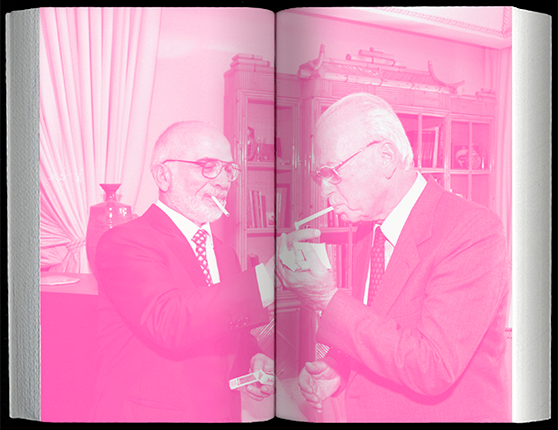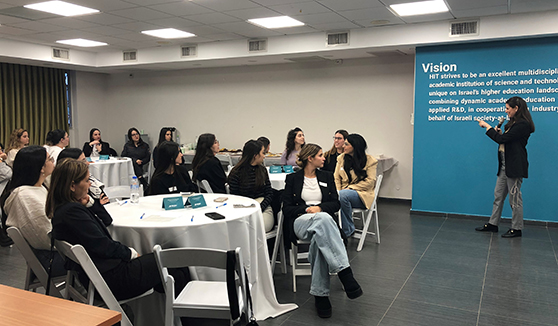More:
Exhibition
Max Israeliana Israeli Postmodernism 1977-1995
Curators/Editors: Public School
wearepublicschool.com
Max Israeliana is the sequel to the book Pax Israeliana, published in 2014. While the previous book sought to curate the 1948-1977 Israeli Modernist canon using an A-Z cataloging of pertinent works, this book sets out to showcase the aesthetics of Israel from the late 1970s to the mid-1990s, considering the social, economic and political circumstances of the period. The buffer year between the two periods is 1977, when for the first time in the Israeli political annals, the right wing, led by the Likud party, won the elections, ending almost thirty years of left wing regime, headed by the Israeli Labor party and its predecessor, Mapai.

This changeover marked Israel's turn away from its European roots and the idea of the country as a socialist utopian experiment, ditched in favor of a future of individualistic capitalism, based on a free market economy: trade union sanitariums made way for luxury hotels, state-rationed furniture made way for fashionable and designed furniture sets, neighborhood commercial centers made way for shopping malls, newspapers for magazines, and propaganda for publicity. The aftermath of the minimalist modernist times gave rise to a period marked by postmodern maximalism, aggressive and at times decadent capitalism. It is a period of ongoing territorial battles, inflation and paradigmatic economic changes, visual noise and hyper-consumption. Our search seeks to illustrate the aesthetics of these developments in local society, by looking at the art, design and architecture of Israel during those years.
Unlike Pax Israeliana, which cataloged the works by artists and creative fields, Max Israeliana bounds the works together with a narrative sequence that doesn't adhere to chronological order, depicting the period as we chose to portray it. In between batches of images, we chose to insert pieces of informative texts, adding a social, economic and political layer to the works. The book is opened with an article reviewing the period. All texts were written by arch. Michael Jacobson.
Closing date: 25/1/2016
- News & Events



 Additional programs
Additional programs
